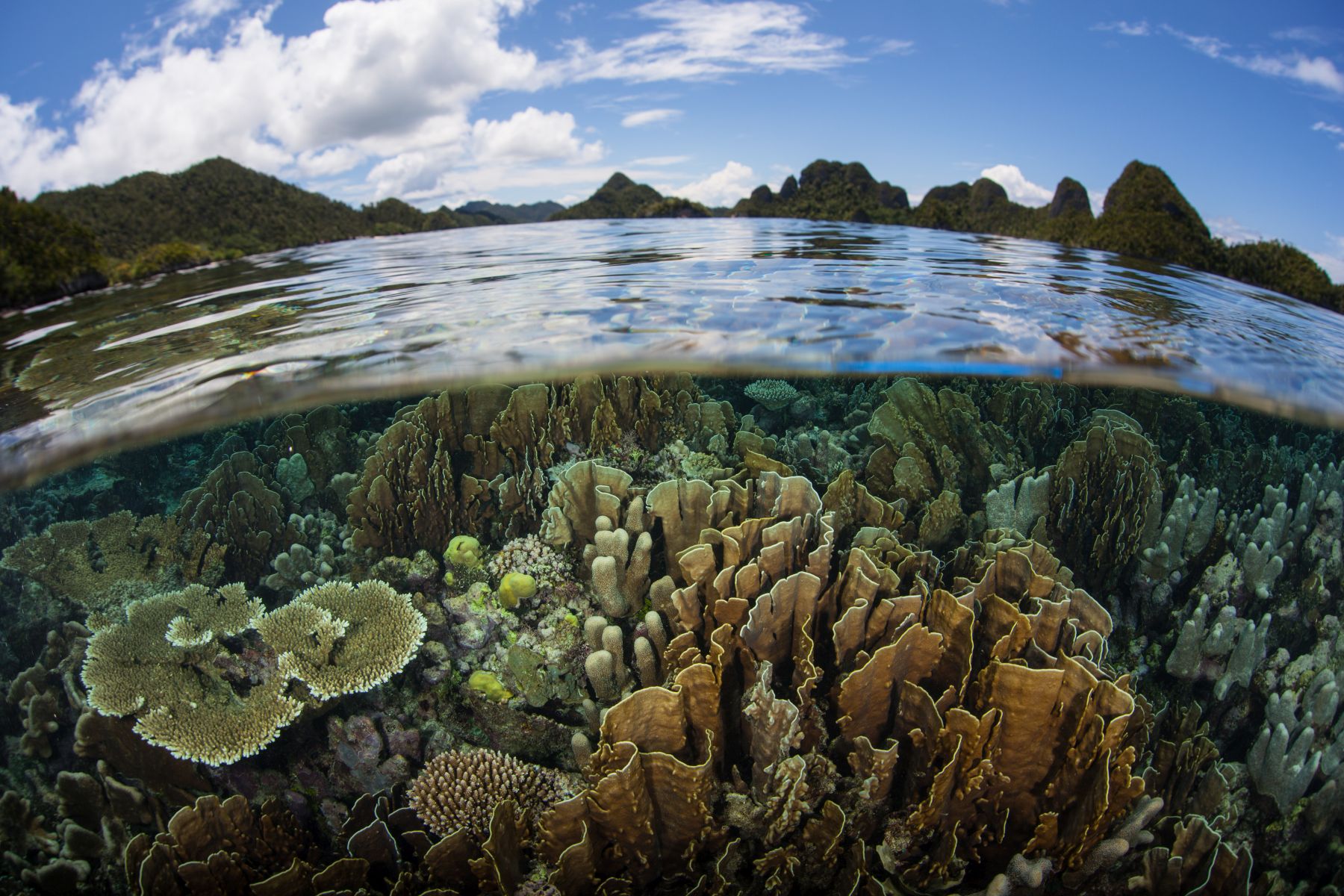Biodiversity
Research projects
The connections between tectonics, climate, geomorphology and biodiversity are well accepted, but poorly quantified in terms of process linkages. We will address some of these knowledge gaps by conducting a suite of case studies in regions that have high biodiversity, but lack the conventional explanation of high gradients in environmental conditions. In each case study, we will follow a common methodology of
(1) characterizing the tectonics, climate and geomorphic conditions and processes;
(2) characterizing the biological conditions including species richness, endemism, and identified clades with documented phylogenies and biogeographical information;
(3) integrating tectonics, geomormology and biological evolution and dispersion through interpretation and numerical modeling, using a new, still-under-development, code for coupled landscape evolution and species evolution/dispersion.
Case studies will be applied to:
(1) Taiwan, where active mountain building has combining with island endemism to build a diverse ecosystem with strong geographical controls;
(2) the Apennines of northern Italy, where large horizontal motions have disrupted the fluvial channel network, establishing a natural experiment in aquatic population mixing;
(3) Madagascar, where a rift escarpment is sweeping across a micro-continent, resulting in both environmental gradients and geomorphic disequilibrium, and an ecosystem rich in endemics.
Where primary data are sparse, we will collect new data, including thermochronmetry data in Taiwan, cosmogenic radionuclide data in the Apennines and Madagascar, and eDNA data for species richness in the Apennines. Integration will be done with the tools of quantitative modeling developed in a related project producing new showcase studies of the linkages between biology and the Earth sciences.
